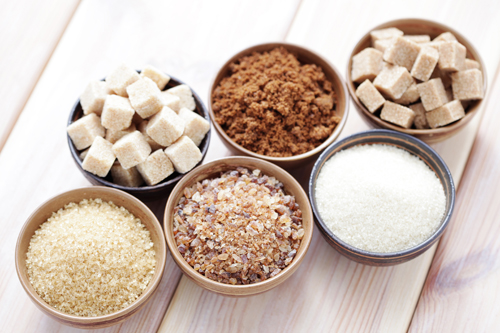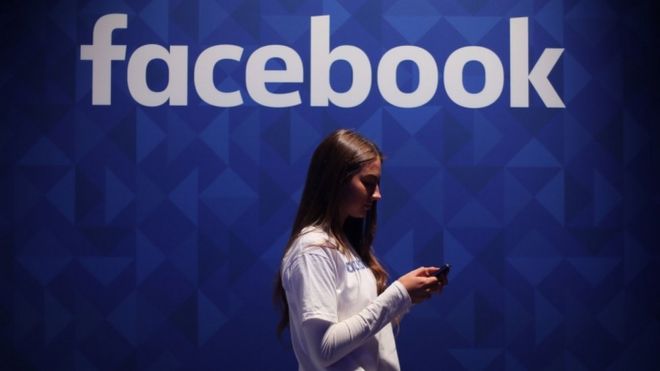Worst & Best Sweeteners Per Health Clinic
A century ago, most people never had to worry about health conditions like obesity, Type-2 diabetes, fatty livers and heart disease. Most people were a lot more physically active on the job, at home and at leisure. They didn’t have things like television, movies or all of the modern electronic distractions that keep our fannies firmly planted in chairs or on the sofa in today’s world.
As the more modern conveniences, electronic devices and forms of entertainment creep into our lives, the most sedentary we tend to become. The more sedentary we become, the more susceptible we are to those killer ailments previously listed.
Another negative of our sedentary lifestyle is that we are bombarded with sweets in our diets. Sugar and artificial sweeteners are found in the major of food items that we put into our shopping carts and into our mouths. The food industry has learned that many people become addicted to sugars and sweeteners. The more they put in their products, the more addicted we become and the more of their products we buy. Consequently, the more of us also die from the effects of too much sugar and artificial sweeteners.
If you are like me, you have been forced to start reading labels, something I swore I would never do, to look for amount and types of sugars and fats, with sodium being a biggie also. It’s almost impossible to avoid some sugars or sweeteners, but do you know which ones are better and which ones are worst?
Rating them from worst to best, here is what one health clinic says about sugars and sweeteners.
#5 – The worst are most of the artificial sweeteners. Many people have turned to them to avoid eating real sugar, but they don’t realize that most artificial sweeteners have a down side. They are great if you are diabetic or prediabetic. For diabetics or prediabetics, real sugar raises the blood glucose levels which lead to a number of health risk issues. But for those who are just trying to avoid real sugar, often found in foods as fructose, glucose and even sucrose, sweeteners are their preferred alternative.
However, one expert says that artificial sweeteners only add to the addiction by causing you to crave more sugary and sweet foods. They have another negative side effect in that artificial sweeteners have been found to change the bacteria in our guts which results in the storage of more fat. I don’t think that’s what most of us want when we open the packet of artificial sweetener to put in our coffee, tea or on our food.
They also highly recommend you stay away from the artificial sweetener called aspartame. At least three independent studies have linked aspartame to cancer.
#4 – Still a bad choice is refined sugar, which can be inflammatory to our bodies, high in calories and help lead to conditions like prediabetes and Type-2 diabetes. Think of them as empty calories with no nutritional benefit and nothing more than a source of FAT.
#3 – Middle of the road, better than numbers 5 and 4, is naturals. By naturals, they mean raw sugar, raw honey, maple syrup and agave nectar. Whereas refined sugars are high in calories but empty nutritionally, raw sugars are only slightly better. They are still forms of sugar and are high in calories, but they do have a ‘few’ nutritional values over refined sugar. They are still bad choices for prediabetics and diabetics.
#2 – Second best is Stevia. In it’s pure 100% form, stevia is a natural sweetener made from the stevia plant and contains ZERO calories and it does not tend to raise one’s blood glucose levels.
I have a bowl of old-fashioned oatmeal for breakfast as it’s good for heart health, but most of my life, I always enjoyed adding brown sugar to my oatmeal. Now that I’m a Type-2 diabetic, I have switched to 100% pure raw stevia to add to my oatmeal. Not quite the same flavor, but it sure makes a difference on my blood glucose readings.
Be careful when buying stevia. Some products are advertised as stevia but when you check their ingredients, the amount of stevia can be tiny at best. I highly recommend something like Stevia-in-the-Raw, which is stevia leaf extract and one filler to help keep it from clumping. One 9.7oz bag lasts me a very long time and doesn’t cost that much.
#1 – the best choice by the health clinic is fresh or frozen fruit. Fruit is a great source of sweetener and can be used to add in things like oatmeal, but one has to be careful with fruit. As a Type-2 diabetic, I have found that many fruits can increase my blood glucose level when stevia doesn’t. Some fruits like oranges can cause a quick spike in blood glucose followed by a depressing low that makes one very drowsy and tired. Virtually all doctors, nutritionists and dieticians recommend several servings of fruit every day, and while they are important, if you are a diabetic, learn which fruits, like apples, are better than others.
One thing I have found as a Type-2 diabetic is that after I have been off of most sugars and sweets for a number of months, my cravings for them diminish and when I do eat or drink sweet things, I often find them too sweet and that’s a good thing
Regardless of what type of sweetener you use and regardless of how healthy you may be now; moderation and discretion is highly advised. Moderation is also a must for good health and if you have any questions, talk to your doctor or a licensed dietician or nutritionist.









Recent Comments